
The Trek in a snapshot
Location
Newhouse, west of Milford, Utah
Managing Agency
Unknown
Pets
Allowed
Fees
None
Restrooms
None
Camping
Not allowed
Trail Condition
Open area. Just be careful of all the broken glass and pieces of metal scattered around
Sights
Building foundations, broken glass and pieces of metal
Water Info
Bring a bottle of water if needed
Best Season
All
Distance
I explored for a few miles. You could easily go as far or as short as you’d like
Time Required
1+ hours
Parking Elevation
5180 ft
Summit Elevation
Varies
Elevation Difference
Varies

Trek Planner Maps

Downtown Newhouse: 38.47938, -113.34164
Cactus Club Foundation: 38.4788, -113.3423
Newhouse Mill: 38.4821, -113.3401
Newhouse Reservoir: 38.52709, -113.37743

Experience. Discover. Explore.
Follow along on our adventure then go out on your own!




You can still access the ghost town of Newhouse. I recommend fueling up, bringing water and food, and any emergency supplies you have. The nearest town is Milford about 25 miles away.
The Cactus Mine was established sometime in 1870 when silver was discovered in the San Francisco Mountains near Milford, Utah. Nothing too much became of the mine until a very wealthy man by the name of Samuel Newhouse bought the claims and some adjoining land in the year of 1901. He spent over $2 million dollars to build the town, mining improvements, the mill, and other buildings (Salt Lake Mining Review – December 30, 1904). At about 1910 the nearby Cactus Mine wasn’t producing much of anything and so just about everybody left the town. Today, you can still see many building foundations, broken glass, rusted food cans, pieces of metal, and lots more. Please be respectful and do not take any relics or destroy any of the remaining structures. Take only pictures.
Samuel Newhouse was born in New York City in 1853 and moved to Colorado in 1879 where he purchased then sold some mining claims and land for millions. He moved to Utah in 1896 and began investing in mining ventures in Bingham Canyon. He invested heavily in Salt Lake City as he built Salt Lakes first 11 story buildings (Boston and Newhouse Buildings). One report states that he invested six million dollars in downtown Salt Lake City. (Samuel Newhouse to Invest Six Millions in Salt Lake. Inter-Mountain Republican. December 1, 1906). He later used $2+ million to build Newhouse which he hoped would be a model mining city.
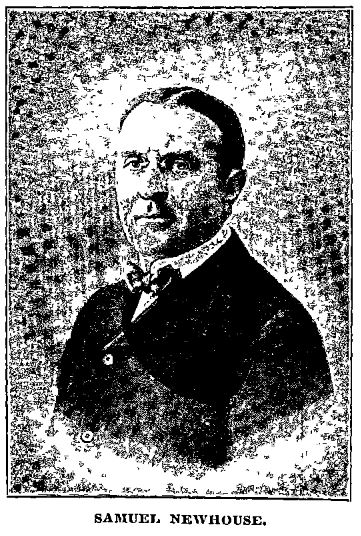
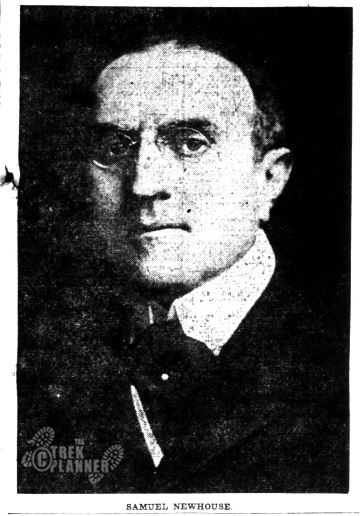
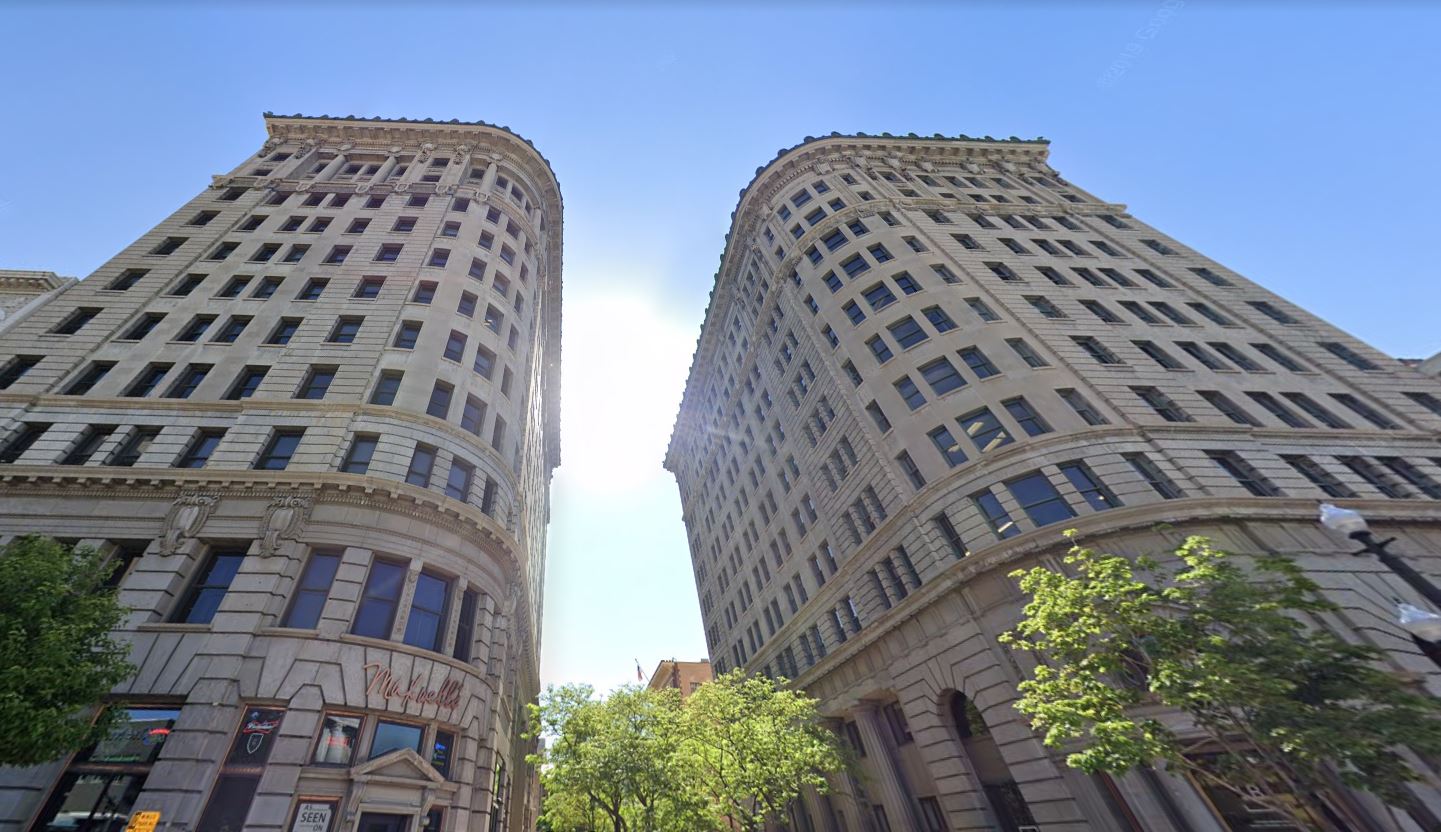
Here are some old photos of the town of Newhouse in its glory days:
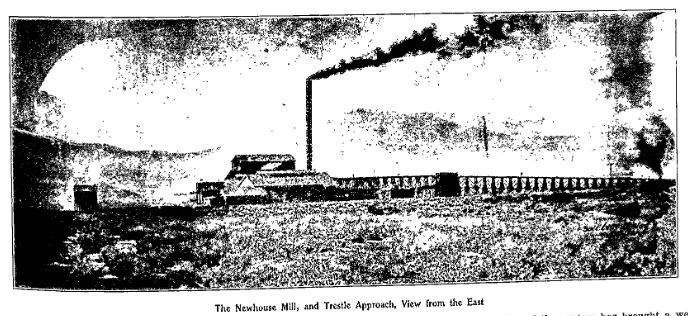
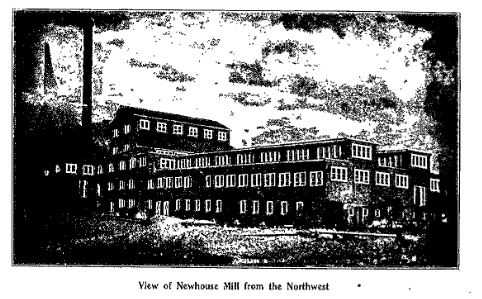
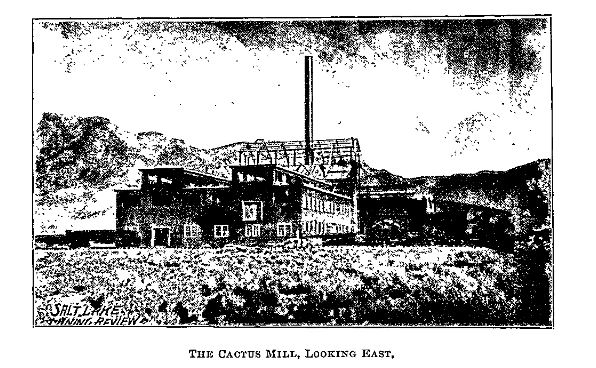
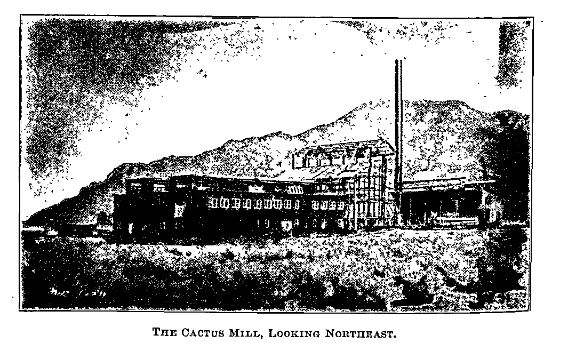
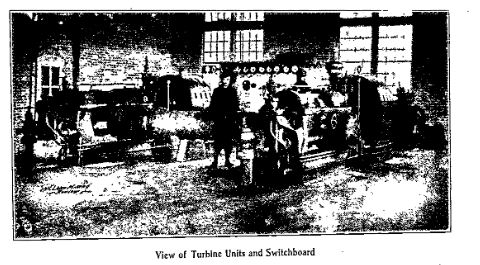
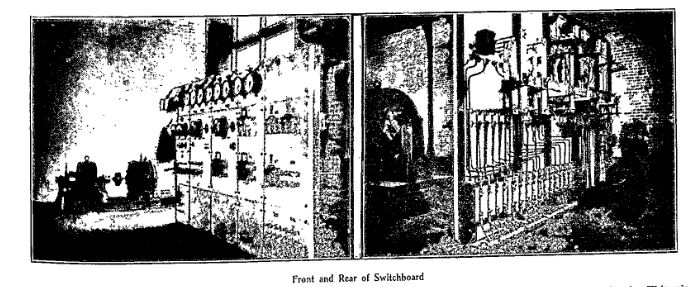
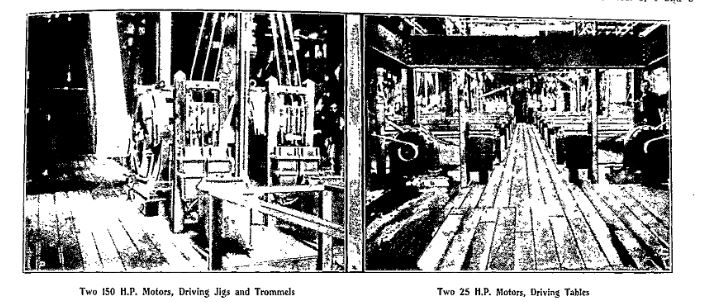
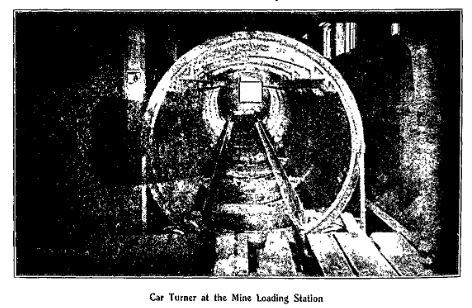

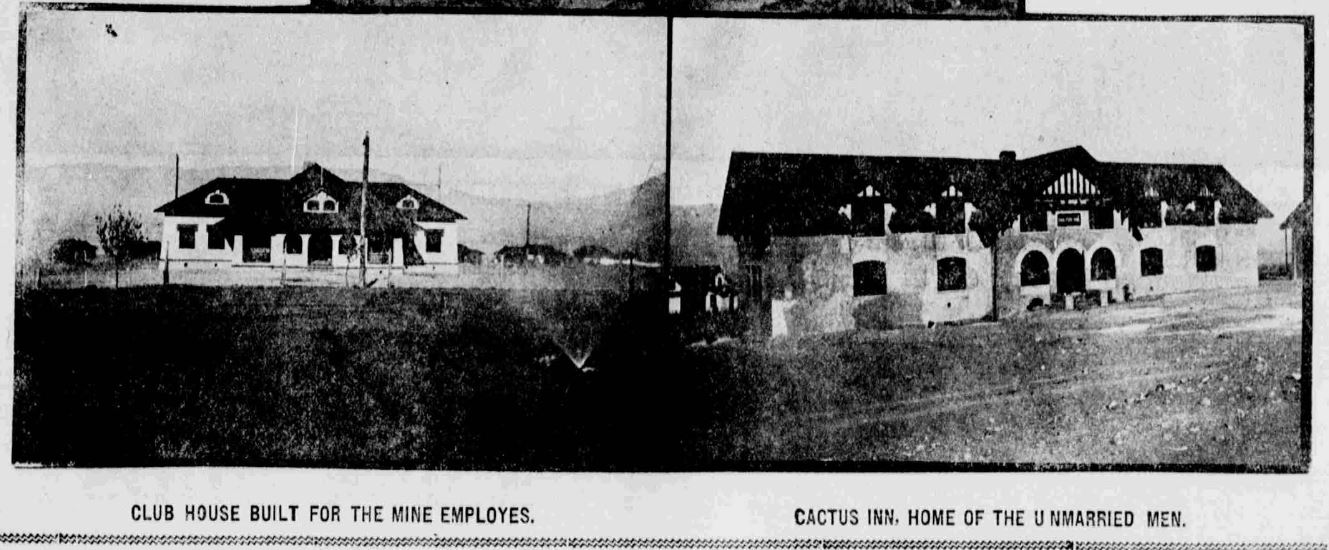
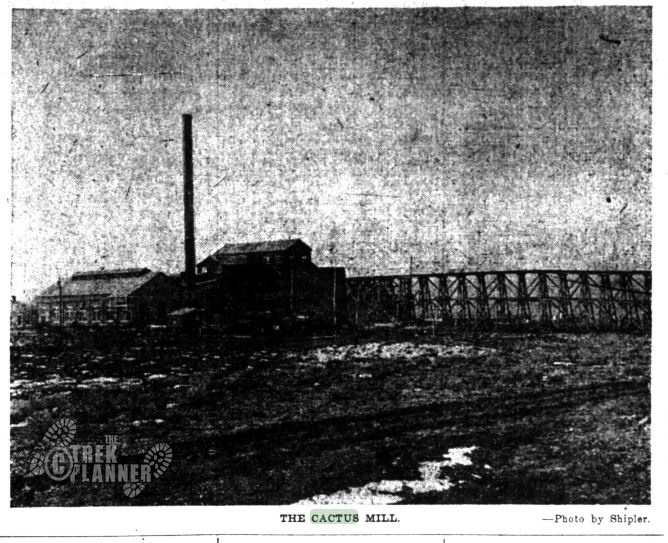
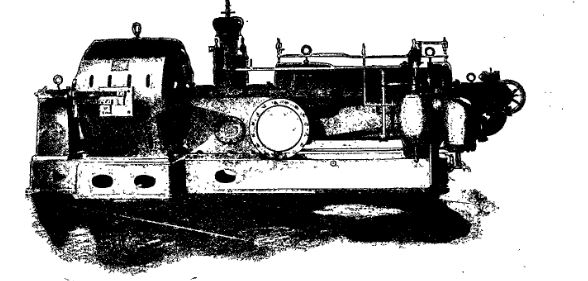
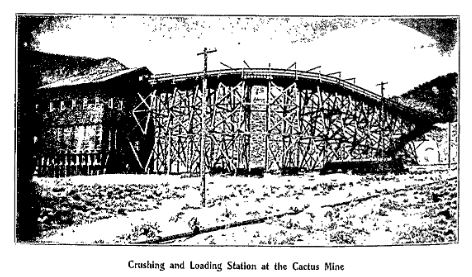
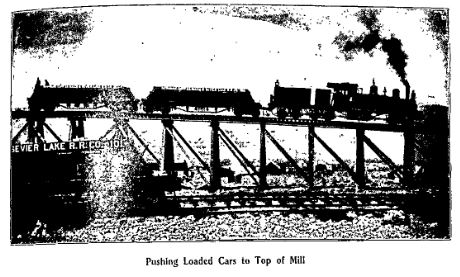
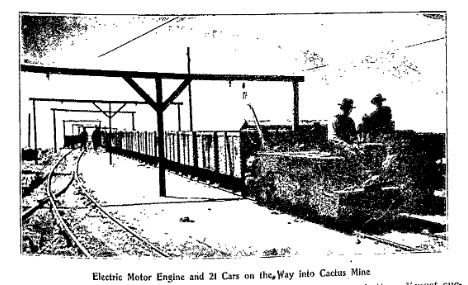
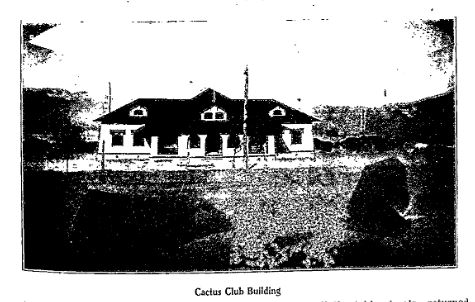
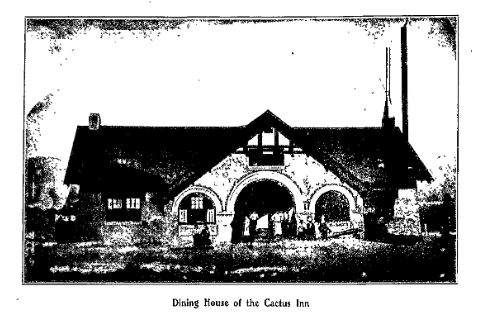
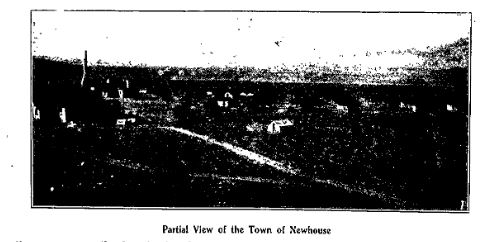
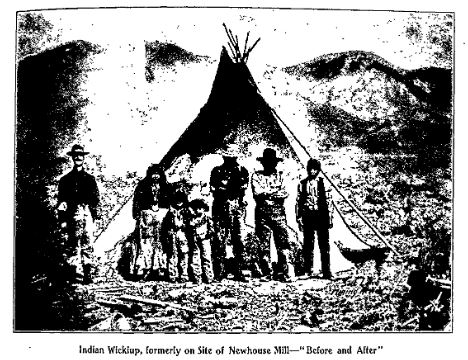
According to the Salt Lake Mining Review article titled “The Newhouse Mines and Smelters” from December 15, 1905, here are some of the buildings part of the town:
- Cactus Club building. Made of brick. Bungalow type building with a park in front of it. The Cactus Club has a “reading room, a billiard room, reception room, and a bar. The membership includes the businessmen of the town, mine and mill superintendents, and all employees of the company who are eligible, and how are elected by ballot; the object of the club being to promote good fellowship and to provide a place of repose and entertainment for its members and their friends.”
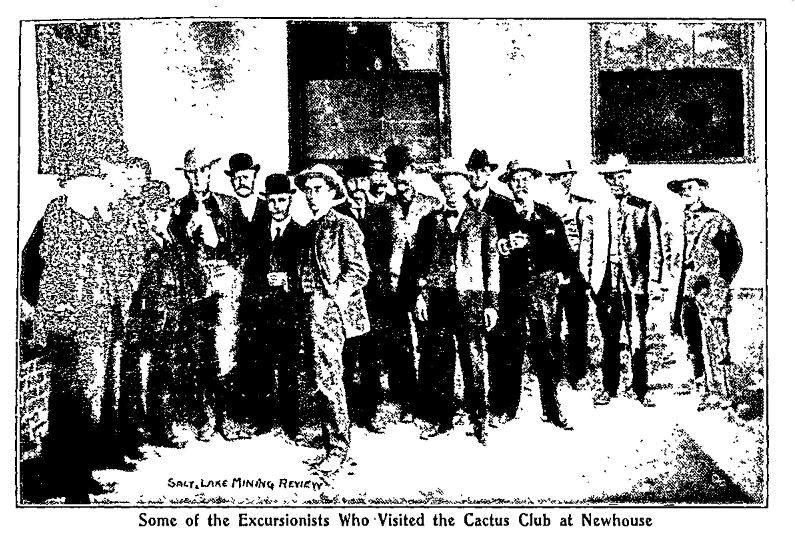
- Cactus Inn and Dining House. Two buildings both made of brick, “one of which is employed as a boarding house, and the other for lodging, and the Inn provides for the comfort of about 300 men daily, most of the employees of the company making this their home; the Inn being under the man agent and supervision of mine host, Charles Matthews,
- Several boarding houses whose every effort and aim is to give comfort and satisfaction to his patrons.”
- Over fifty “cosy cottages” with four to six rooms each, “all modern and are constructed of cement, with shingled roofs, which are painted, and each residence is piped for water supplied from the pipeline, and is electrically lighted. These are occupied by the employees of the company, having families.” These homes had cement plaster and on the inside was lime plaster.
- Newhouse Mill and powerhouse. 150 by 400 ft in length. The Powerhouse was in a building attached to the mill on the east side. It features two Westinghouse-Parsons “steam turbines direct connected to 400 Kw. Westinghouse turbo-generators which are wound for three phase, 60 cycle, 440 volt, alternating current. For supplying current to the fields of the turbo-generators, duplicate exciter generator units are used, each of 20 Kw. capacity and sufficient for supplying both turbo-generators simultaneously. One is driven by a Westinghouse Standard high speed engine and the other by a 30 H.P. Westinghouse induction motor.” According to the Salt Lake Tegram from April 30, 1902, a test mill was created before the giant mill in the above pictures: “the test mill at the Cactus Mine has been turned over by J. M. Callow to A.J. Bettles for Samuel Newhouse with a report that it does its work satisfactorily, effecting a close saving with the use of much less than the usual quantity of water. The test mill has a capacity of thirty tons a day, and on the basis of its work plans will be made by Mr. Callow for a 100-ton plant.” At one point in 1906, it was reported that the mill was processing 700 tons a day and was earning $40,000 per month. (Down at the Cactus. Deseret Evening News. January 20, 1906)
- Boiler Plant. “Consists of three 300 horsepower high pressure Babcock & Wilcox boilers, with internal superheaters, two boilers being of sufficient capacity to carry the load under ordinarily operating conditions. A pressure of 150 lbs. gauge is ordinarily carried. In connection with the boiler plant a free, and is pumped directly into the feed water heater where the exhaust steam from the food pumps and the circulating pump heats it to 150 degrees Fahrenheit. This water being distilled eliminates the scale from the economizers and boilers, thus saving the expense of cleaning, and reducing the cost of maintenance of the boilers, and at the feet of free air at sea level. This air is transmitted to the mine at a distance of 13,000 ft, through a six-inch wrought iron tube, where it is distributed in the mine for the operation of the air drills and the gates at ore chutes.”
- Complete Water System. Water was piped eight miles from a spring at the Wah Wah mountains to the south west. It is the “only available water supply in that section of the country. To bring this water from the springs to the mill-site a pipe-line 44,000 feet in length from reservoir to reservoir, was laid, twelve and fourteen inch steel pipe being used. In addition, at the Wah Wah, 20,00 feet of wood pipe is used in collecting the water from the several springs and conveying it to the reservoir on the west side of the valley. Through the main pipeline the water is delivered by gravity to the reservoir above the mill, at the rate of 1,075 gallons per minute. This reservoir, which is located several hundred feet east of the mill, and at an elevation equal to the top of the mill, has a capacity of 3,000,000 gallons and from it pipes deliver the water to the mill and also the town of New house under pressure, for boiler, mil, fire and domestic purposes.” It is reported that this entire water system cost about $200,000.
- Ice Manufacturing Plant. “…various departments of mine and mill are supplied with this needed article, for the use of employees, while the inhabitants of the town are able to secure ice at a price not above that which it is retailed in Salt Lake City.
- Tent and transient city north of Newhouse
- Sawmill
- Blacksmith Shop
- Machine Shop
- Electrical Substations (for the Cactus Mine and other locations)
- Trestle Bridges for the trains
- Twenty-one car train (for hauling ore through and outside the Cactus Mine)
- Car turner
- Rail depot and rail connection to the town of Frisco and on to Milford
- Theater
- School house
- Assay Office
- Smelter
- Steam Shovel – brought in sometime around 1906 to dig at the surface for strip mining. The shovel is reported to be working day and night and is operating from 20-30 ft deep (At the Cactus. Deseret Evening News. March 7, 1906). It was reported that the steam shovel is handling 25,000 to 30,000 tons of material per month. (Operation of Cactus Mine. Deseret Evening new. July 10, 1906).
- The town of Newhouse had anywhere between 1,500 and 2,000 residents (What Samuel Newhouse is Doing in Utah. SLMR April 30, 1904.
Really Neat Drawing of the Mill, Powerhouse, Concentrate Bins, Ore Bins, and Machine Shop (for Insiders Only)
This content is locked
(memberships are currently unavailable)
The Cactus Mine
The Cactus Mine had a 6,000 ft main haulage tunnel with miles of tunnels and shafts. Apparently, a group of visitors was allowed to inspect the inside of the mine and the ore was in such high quality and quantity that the visitors were “almost dumbfounded.” In 1906 the Cactus Mine produced 2,000,000 pounds of copper (Operation of Cactus Mine. Deseret Evening new. July 10, 1906).
“The Cactus Mine has opened into one of the greatest mines of the world as this time.” By 1906 there were almost 700 miners employed at the Cactus Mine with 100-150 more arriving in 1907. The mine itself had incredible wealth but the ore dumps outside the mine were said to have millions of dollars in them. (Cactus has confirmed all Newhouse said. Salt Lake Telegram. December 24, 1096)
A prominent copper miner from Michigan came to check out the Cactus Mine and was quoted as saying “I believe that the Cactus is the greatest copper mine in the world. I have never before seen such immense bodies of ore as are exposed there; it seems there is no end to them.” (Cactus has confirmed all Newhouse said. Salt Lake Telegram. December 24, 1096)
For more information on the Cactus Mine click here.
People of Newhouse
- Samuel Newhouse – President
- Lafayette Hanchette – General manager
- T.R. Drummond – new General manager after Hanchette leaves
- A.J. Bettles – Metallurgist and Mill Manager
- R.F. Moser – Mechanical Engineer
- Alexander Gillespie – saved a boy’s life in the mine by grabbing the rope from which a bin of timbers was falling down a mine shaft stopping the bin before it hit the boy. The force of grabbing the rope dislodged a piece of wood and struck Alexander in the head from which he died of his injuries a few days later. (Salt Lake Telegram. January 15, 1906. Gave up his life to save another; heroism of Alexander Gillespie.)
Present Day Exploration
All of the buildings and even the mine mill have been dismantled, destroyed, or moved elsewhere. Some of the buildings have been moved to Milford. You can still see foundations and the water that was used for the milling operations was just let out into the desert, so you can see where the ore has washed into the valley. Since there is lots of broken glass and metal pieces just be careful where you walk. I visited in late summer and the grasshoppers were jumping like crazy all over the place. I was the only visitor during my four hour visit.



The Powerhouse and Mill




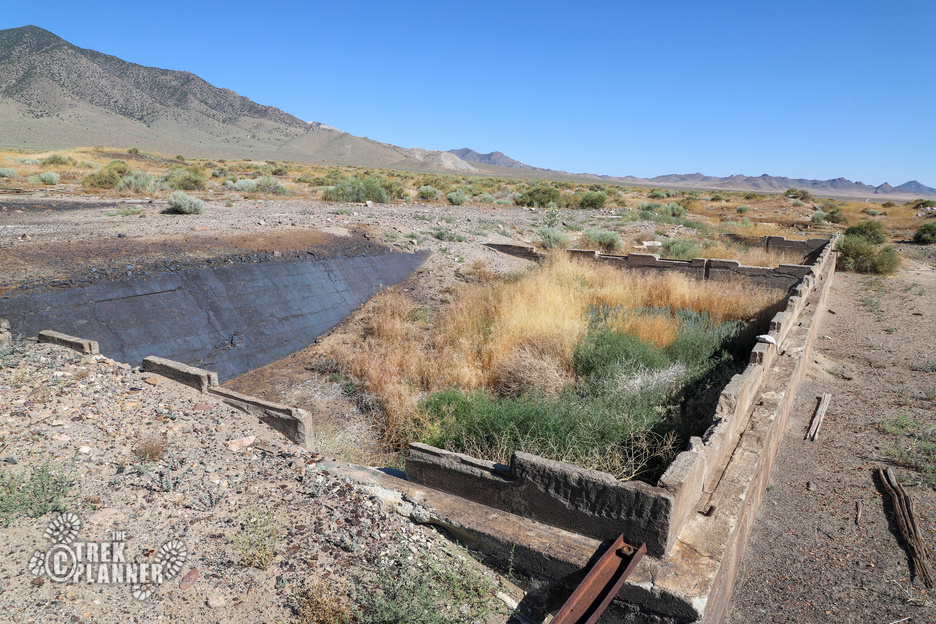
Other Remnants










I tried my hand at some very amateur metal detecting north of Newhouse near where I though the tent city was located. I found mostly iron, but though I found a small piece of silver or something that was lined with silver.

I recently bought this original Cactus Mine Stock Certificate dated January 2 of 1889! These stocks are from the beginning of the Cactus Mine of when the Frenchmen were the owners.


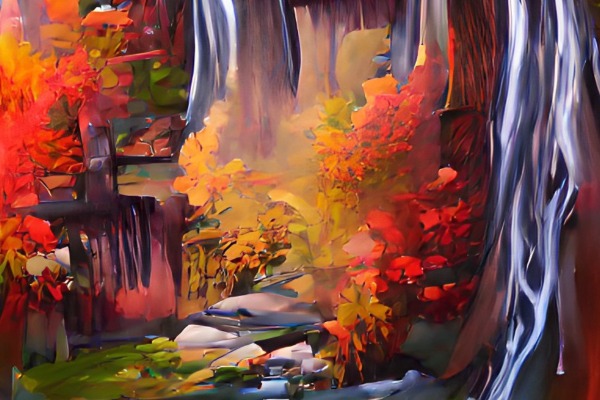
Personal Thoughts
This is a great place to explore! I wish I would have learned about the town history before I visited, because I would have tried to find the foundations for some of the other buildings.


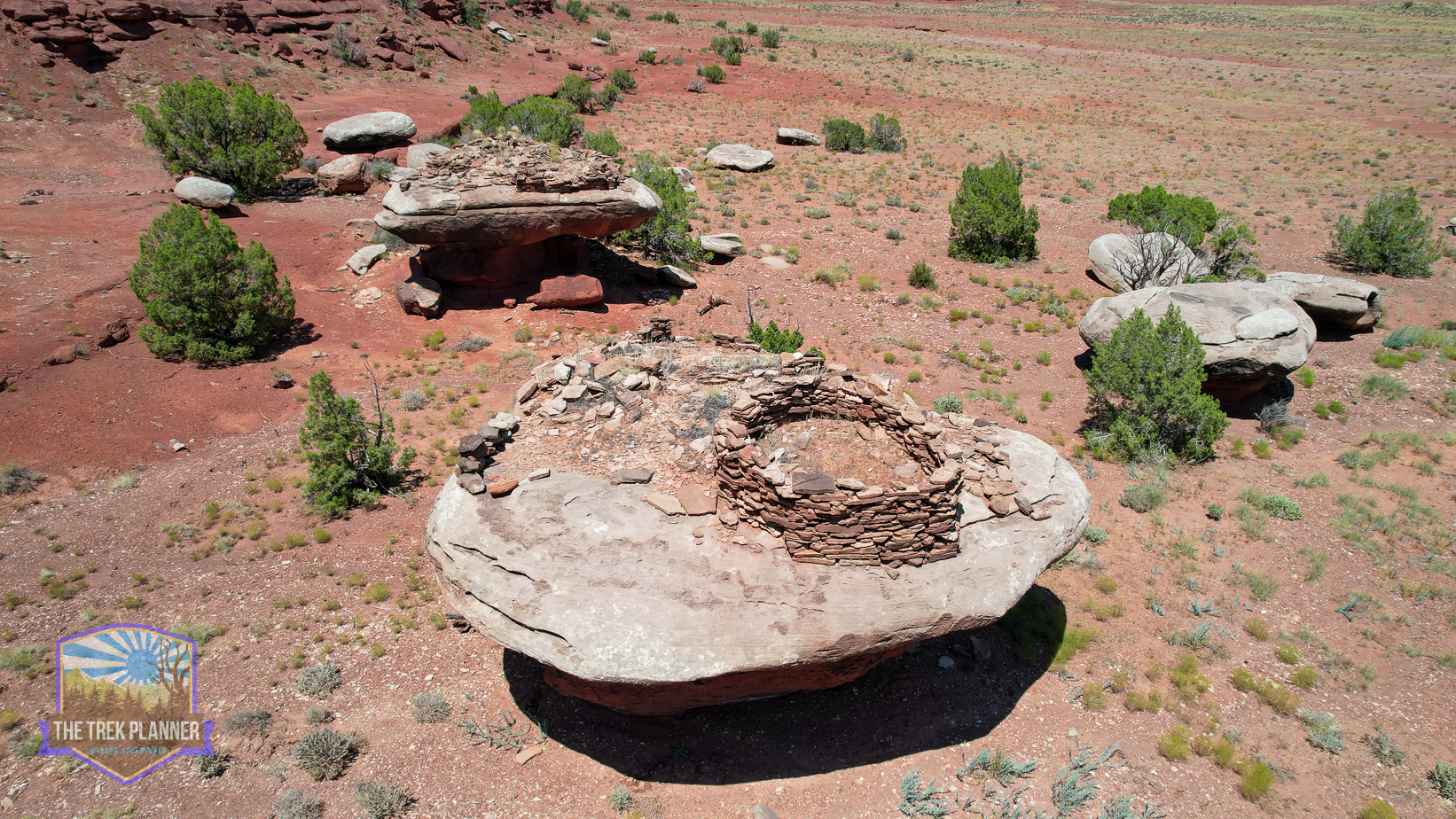
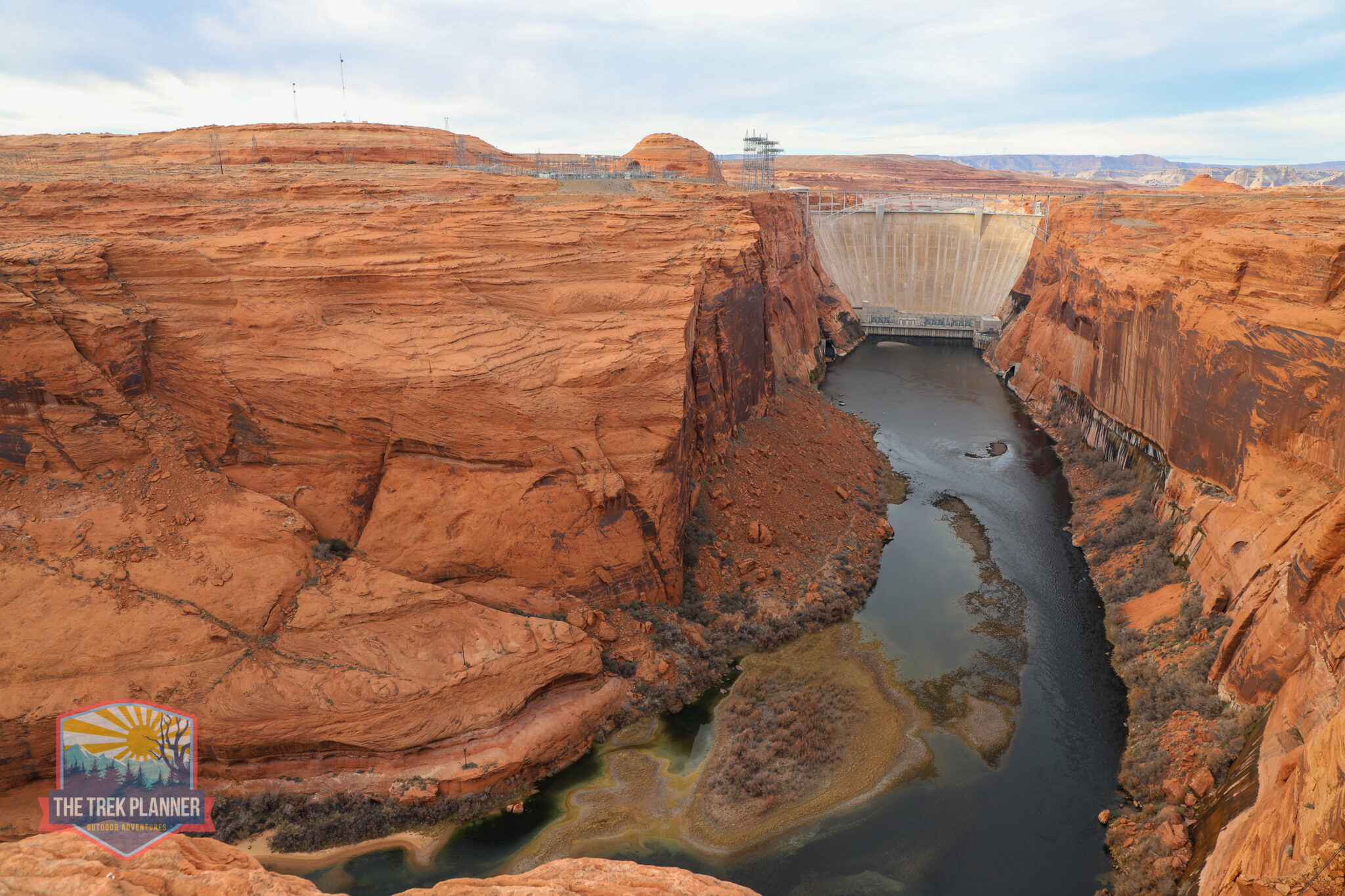

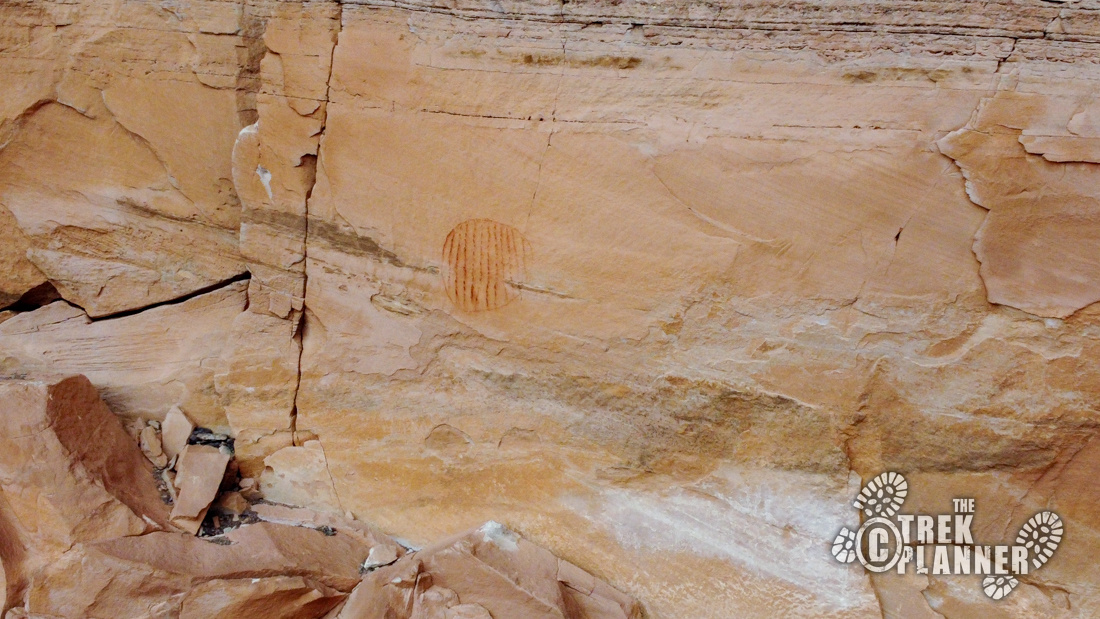
[…] ft main haulage tunnel and many thousands of feet of workings and tunnels. The nearby town of Newhouse (now a ghost town) supported this mine with 1,500-2,000 people. The copper and silver inside the […]
My grandfather was killed in the Cactus mine around 1966.
I visited Newhouse about a year ago.
Not much remains anymore.
Still interesting to see.
I met a local who lived in Minersville.
He told me he worked in the Cactus Mine in the 1960’s.
He said there were a lot more buildings standing on the Newhouse site back then.